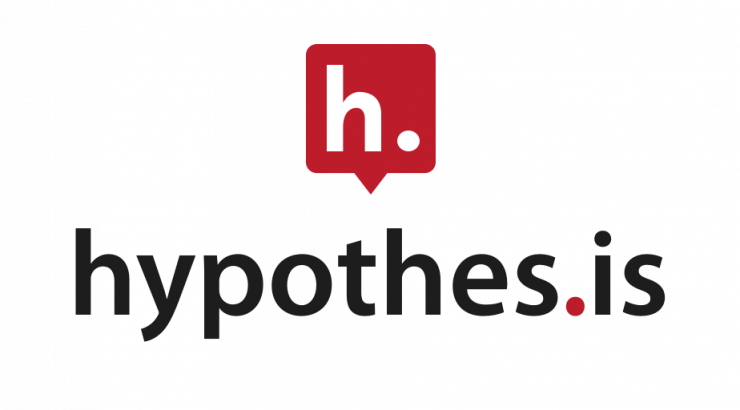
Why I love using Hypothesis
April 5, 2021
This blog post is authored by Dr. Shira Klein, faculty in the Department of History of Wilkinson College of Arts, Humanities, and Social Sciences.
“Hypothesis,” is a wonderful tool for making sure students have done the reading, or at least part of it. In disciplines where learning depends heavily on textual sources, ensuring that students are actually reading is crucial.
How do I use Hypothesis? Instead of assigning texts and hoping students read them, I upload the texts into Hypothesis, through Canvas, and require students to annotate them. I provide an annotation question, for instance, “Choose a passage in the text and explain how it shows _____.” Annotations are visible to anyone in the class, so I encourage students to read what their colleagues have written, and also to pick a passage nobody else has annotated.
Why is Hypothesis great for students? The annotations help students focus on the important points of the reading, which is especially useful with dense and detail-heavy texts. Because they can read one another’s annotations, students can benefit from seeing how other students have made sense of the reading. If you make each annotation worth very little of the grade, students experience less stress and anxiety when completing them.
How does Hypothesis help instructors? Hypothesis annotations are easy to evaluate, since the annotation clearly shows whether or not the student has done the reading. I grade the annotations as either “complete” or “incomplete,” which cuts down grading time and gives students credit for doing the reading. Because Hypothesis integrates into Canvas’s Speed Grader, grading annotations is fast and efficient.
Any downsides? Setting up the Hypothesis assignments takes time, and requires converting all readings to readable PDFs. Another major disadvantage is that Hypothesis does not enable anonymous grading.

